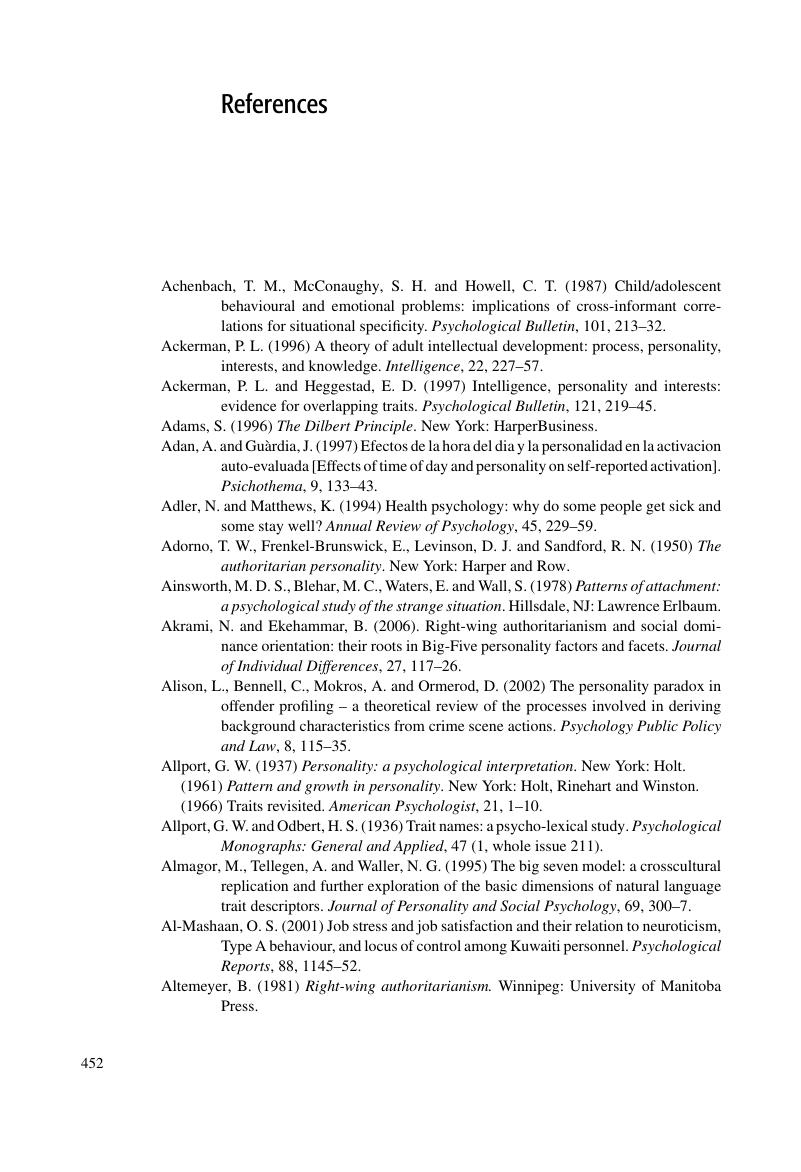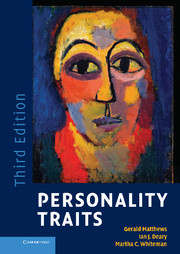Book contents
- Frontmatter
- Contents
- List of figures
- List of tables
- List of boxes
- Preface to the third edition
- Preface to the second edition
- Preface to the first edition
- Part I The nature of personality traits
- Part II Causes of personality traits
- Part III Consequences and applications
- 14 Conclusions
- References
- Author index
- Subject index
- References
References
Published online by Cambridge University Press: 05 June 2012
- Frontmatter
- Contents
- List of figures
- List of tables
- List of boxes
- Preface to the third edition
- Preface to the second edition
- Preface to the first edition
- Part I The nature of personality traits
- Part II Causes of personality traits
- Part III Consequences and applications
- 14 Conclusions
- References
- Author index
- Subject index
- References
Summary

- Type
- Chapter
- Information
- Personality Traits , pp. 452 - 546Publisher: Cambridge University PressPrint publication year: 2009



